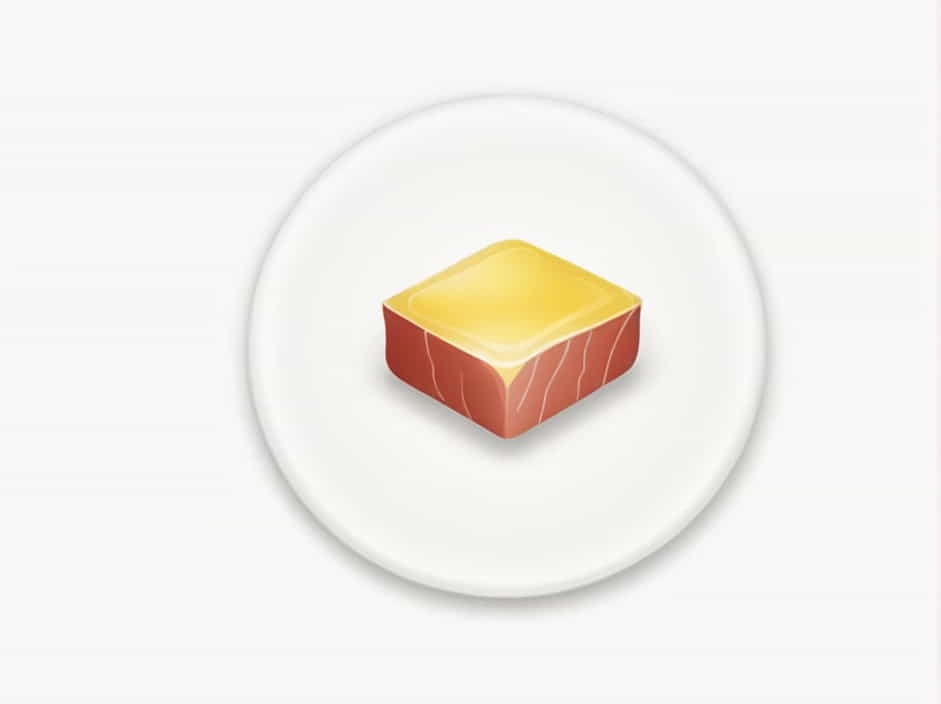Searing a steak to perfection requires the right cooking fat. Some chefs swear by oil, while others prefer the richness of butter. But which one is the best for searing a steak?
The choice between oil and butter depends on several factors, including smoke point, flavor, and cooking technique. In this guide, we’ll explore the differences between searing steak with oil or butter to help you achieve the best results.
What Is Searing and Why Does It Matter?
Searing is the process of cooking meat at high heat to create a crispy, caramelized crust on the outside. This technique enhances both flavor and texture, making steak more delicious.
To achieve a perfect sear, you need a fat with a high smoke point that can handle the heat without burning. This is where the debate between oil and butter comes into play.
Oil for Searing Steak
Why Use Oil?
Cooking oils have a higher smoke point than butter, meaning they can withstand higher temperatures without burning. This is crucial for a good sear.
Best Oils for Searing Steak
Not all oils are suitable for searing. Here are the best choices:
- Avocado Oil (520°F / 271°C) – High smoke point, neutral flavor.
- Canola Oil (400°F / 204°C) – Affordable and widely available.
- Grapeseed Oil (420°F / 216°C) – Light flavor, good heat tolerance.
- Refined Olive Oil (465°F / 240°C) – Higher smoke point than extra virgin olive oil.
- Peanut Oil (450°F / 232°C) – Great for high-heat cooking.
Pros of Using Oil
✔ High Smoke Point – Prevents burning at high heat.
✔ Neutral Flavor – Allows steak’s natural flavors to shine.
✔ Crispy Crust – Creates an even, golden-brown sear.
Cons of Using Oil
✖ Lacks Richness – Doesn’t add the same deep, buttery flavor.
✖ Less Aromatic – Doesn’t produce the same appetizing aroma as butter.
Butter for Searing Steak
Why Use Butter?
Butter adds a rich, deep flavor to steak, making it taste even more indulgent. However, butter has a low smoke point (350°F / 177°C) and burns easily at high temperatures.
How to Use Butter for Searing
Because butter burns quickly, the best method is to:
- Sear the steak in oil first to develop a crust.
- Add butter at the end, allowing it to melt and baste the steak for extra flavor.
Pros of Using Butter
✔ Rich, Buttery Flavor – Enhances the steak’s taste.
✔ Golden-Brown Color – Adds a deep, appetizing crust.
✔ Aromatic – Creates a delicious smell while cooking.
Cons of Using Butter
✖ Low Smoke Point – Burns quickly at high temperatures.
✖ Can Get Bitter – Burnt butter can leave an unpleasant taste.
Best Method: Combine Oil and Butter
For the best steak-searing results, use both oil and butter.
Step-by-Step Guide
- Heat oil in a pan until hot but not smoking.
- Sear the steak for 2-3 minutes per side to develop a crust.
- Lower the heat and add butter.
- Baste the steak by tilting the pan and spooning the melted butter over it.
- Rest the steak before serving to retain juices.
Best Butter for Searing Steak
For better results, use clarified butter (ghee). It has a higher smoke point than regular butter, allowing it to withstand more heat without burning.
Common Mistakes to Avoid
- Using Extra Virgin Olive Oil – It has a low smoke point and burns easily.
- Cooking with Butter Alone – Leads to burning and a bitter taste.
- Skipping the Resting Step – Always let your steak rest to keep it juicy.
Final Verdict: Oil or Butter?
- Use oil for a perfect crust.
- Use butter for flavor enhancement.
- The best method? Combine both!
By following these tips, you can achieve a restaurant-quality steak at home. Happy cooking! 🍽
